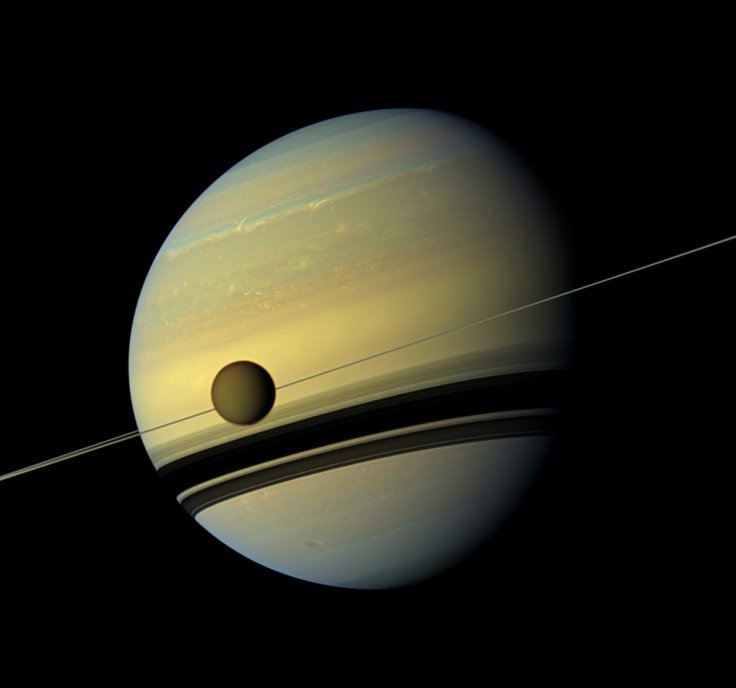
In an attempt to spot signs of life in other parts of the solar system, NASA, the American space agency has now announced their plans to explore the surface of Saturn's moon Titan. The space agency revealed that the exploration will be carried out by a robotic craft named 'Dragonfly' and it will collect samples of soil to determine its habitability.
It should be noted that Titan is Saturn's largest moon and previous data sent by the Cassini mission had suggested that the moon holds some basic ingredients that might help life to thrive.
If everything goes well, NASA will launch the Dragonfly mission in 2026, as a part of the space agency's New Frontiers Program. The robotic craft is expected to reach the surface of Saturn in 2036 and upon landing, it will conduct various explorations in the icy giant. In the initial phase of the research, Dragonfly will carry out a 2.7-year mission to explore dunes and impact craters on Titan.
"Dragonfly is a bold, game-changing way to explore the solar system. This mission is a visionary combination of creativity and technical risk-taking that will help us unravel some of the most critical mysteries of the universe — including, possibly, the keys to our origins," said Ralph Simmel, director at the Applied Physics Laboratory, NASA, in a recent statement.
Scientists believe that Titan contains liquid water and complex organic compounds that may be an indication of possible alien existence on this space body.
A few months ago, a study report published in the journal Astronomy had revealed that giant lakes exist on Saturn's moon Titan. The research report also revealed that methane used to rain in Titan and these rains were capable of filling lakes as much as 330 feet.
Earlier, Janelle Wellons, an engineer who works at NASA had suggested that humans should consider colonizing Titan if earth becomes inhabitable. Wellons also added that the thick atmosphere of Titan will protect humans from space radiations, thus making it an ideal place for colonization.









